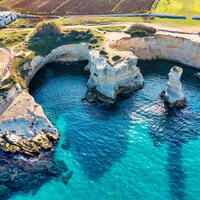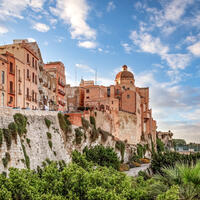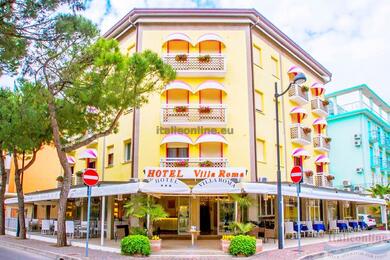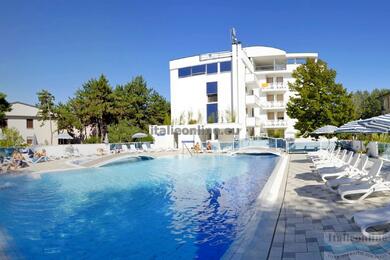Signal flags
On Italian beaches you can usually see three signal flags: white red and yellow. The white flag indicates that the coast is clear, i.e. the sea is calm and there are no strong currents.
A red flag, on the other hand, indicates danger and swimming is not recommended in such cases,
A yellow flag indicates strong gusts of wind and umbrellas on the beach should be closed to avoid danger.
You may also encounter a purple flag. A purple flag indicates the presence of dangerous marine animals (e.g. jellyfish, poisonous fish).
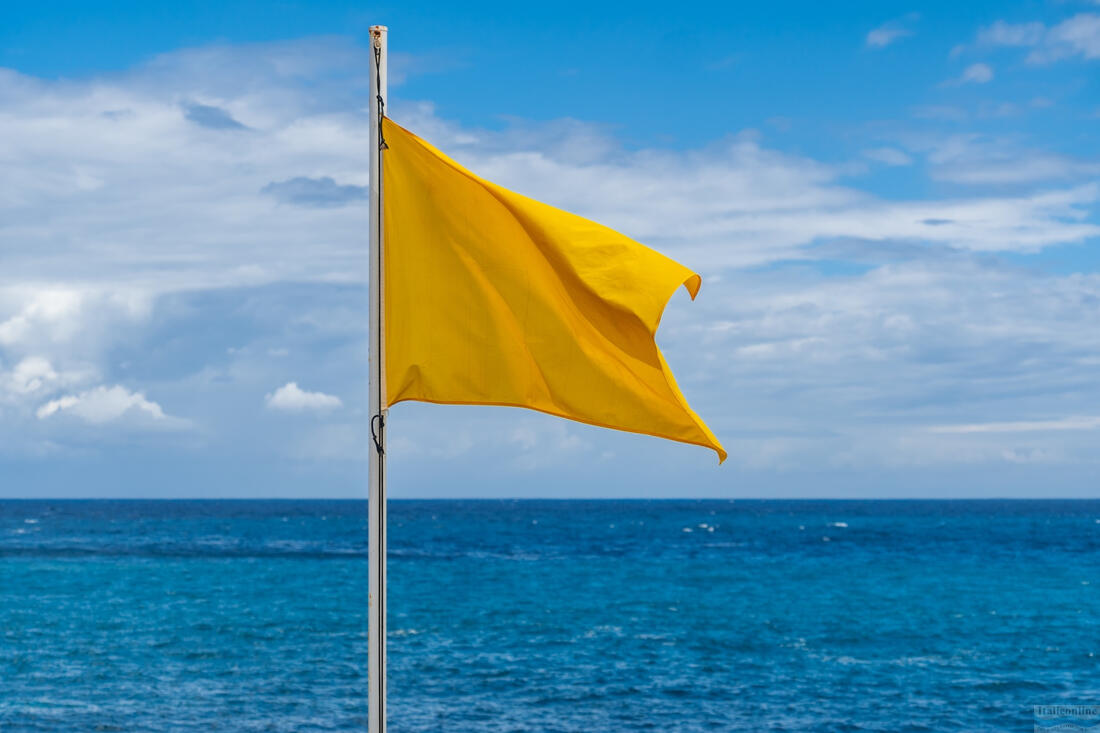
These flags are usually taken care of by lifeguards. They are solely responsible for displaying the flag and explaining it to bathers if necessary. They must pay attention to the weather forecast. The more experienced ones also rely on their own experience.
Flags indicating quality
On Italian beaches you can also encounter the Blue and Green Flags.
Blue Flag
The Blue Flag is an award established in 1987 by the non-governmental, non-profit Foundation for Environmental Education (FEE), which nominates beaches each year that meet a number of requirements to promote sustainability and environmental friendliness. The project is not limited to Europe, but extends to other countries as well. In total, approximately 49 countries are participating in the programme.
Blue Flag qualification is not based on the beauty of a place, but on compliance with strict bathing water quality parameters. In this case, Italy is one of the prime examples, as it is one of the countries with the highest number of beaches awarded.
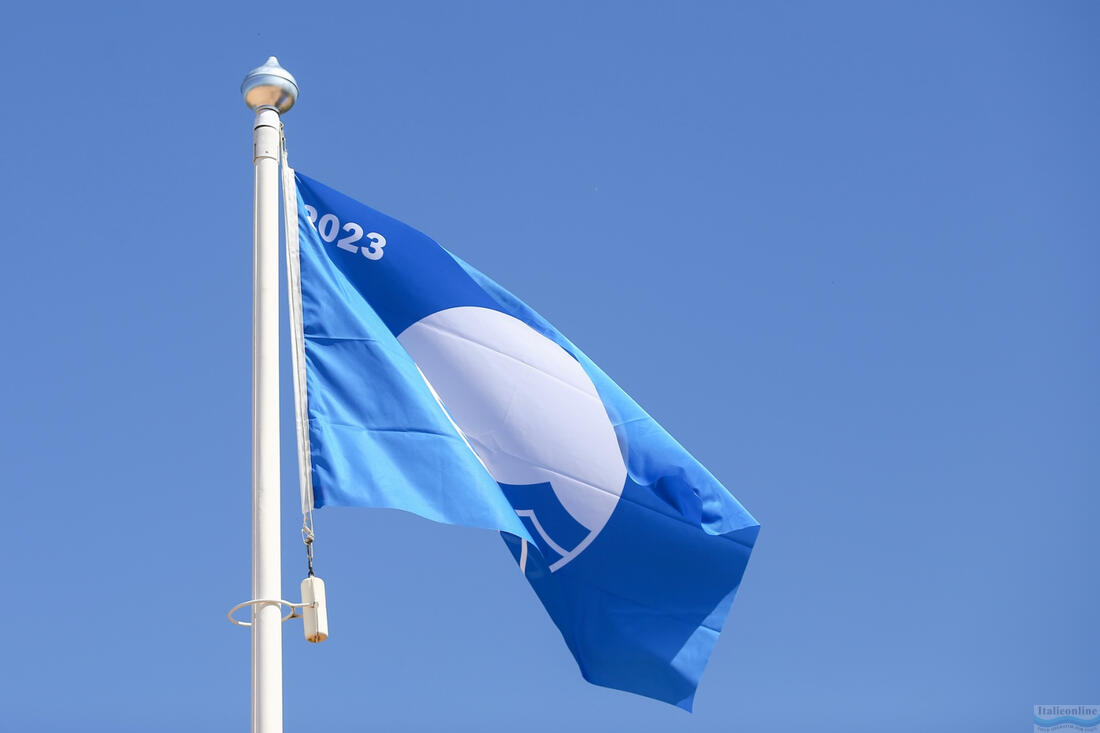
In order to display the coveted Blue Flag, a location must meet a few basic points:
1) Environmental education: bathers must be provided with information about the quality of the bathing water, the natural ecosystems and the cultural sites present.
2) Water quality: Samples are regularly taken and analysed to ensure water quality at all times. Each Blue Flag area must have a minimum of 5 water quality checks per bathing season.
3) Environmental management: This category includes, for example, the obligation to keep beaches clean, to set up litter bins and to monitor marine and lake habitats.
4) Services and safety: Each bathing site must have adequate staff to ensure the safety of bathers and must have first aid facilities.
Green Flag
Since 2008 there has been a Green Flag, which was the idea of paediatrician Italo Farnetani. It is a title that recognises beaches and facilities that are adapted for families with children.
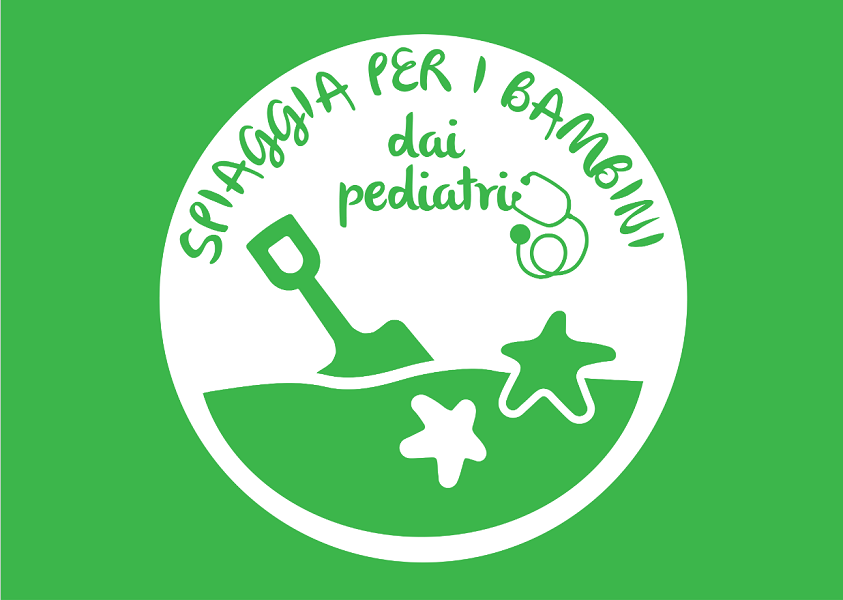
The beach must meet the following requirements:
1) The beach must have a large enough space between places
2) The water must not be high, it must be clean and the bottom must be shallow
3) In terms of safety, thebeach must be sandy and the facilities must have suitable play areas where children can gather and have fun together
4) The beach must also have family-friendly facilities such as ice cream parlours, pizzerias, shops and sports facilities
5) Adequate emergency services with specialised staff are essential
A list of Italian beaches with this award can be found here.


